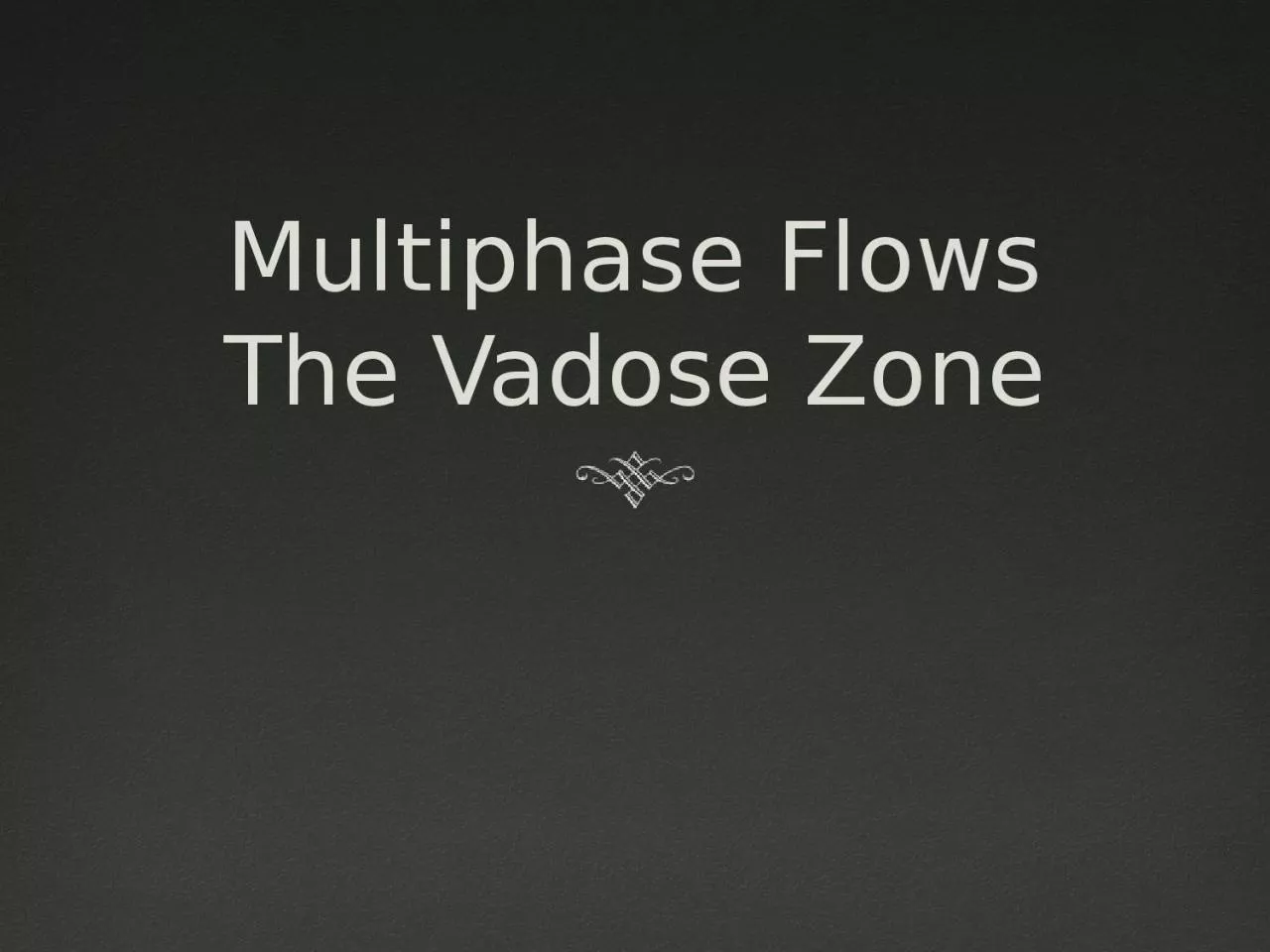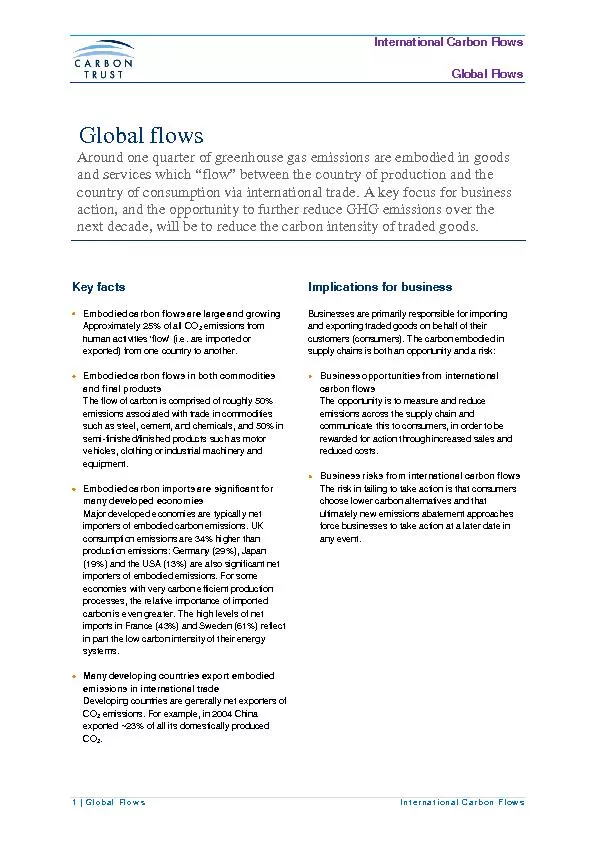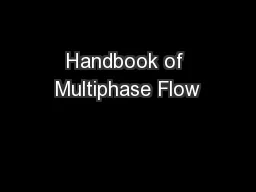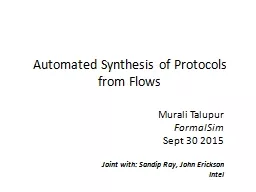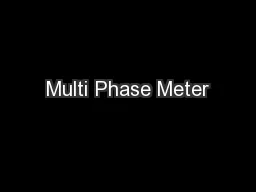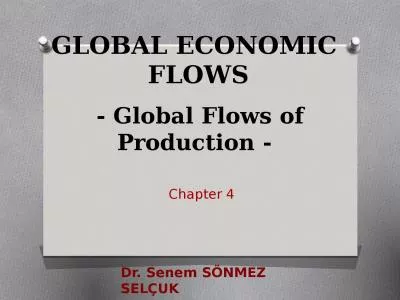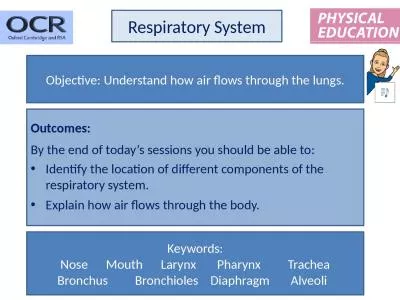PPT-Multiphase Flows The Vadose
Author : SunshineSmile | Published Date : 2022-07-28
Zone Common Examples of Multiphase Flows Vadose Zone Air and Water Oil Reservoir oil and water salinefresh and maybe airgas Gas Reservoirs Geologic Carbon Sequestration
Presentation Embed Code
Download Presentation
Download Presentation The PPT/PDF document "Multiphase Flows The Vadose" is the property of its rightful owner. Permission is granted to download and print the materials on this website for personal, non-commercial use only, and to display it on your personal computer provided you do not modify the materials and that you retain all copyright notices contained in the materials. By downloading content from our website, you accept the terms of this agreement.
Multiphase Flows The Vadose: Transcript
Download Rules Of Document
"Multiphase Flows The Vadose"The content belongs to its owner. You may download and print it for personal use, without modification, and keep all copyright notices. By downloading, you agree to these terms.
Related Documents

